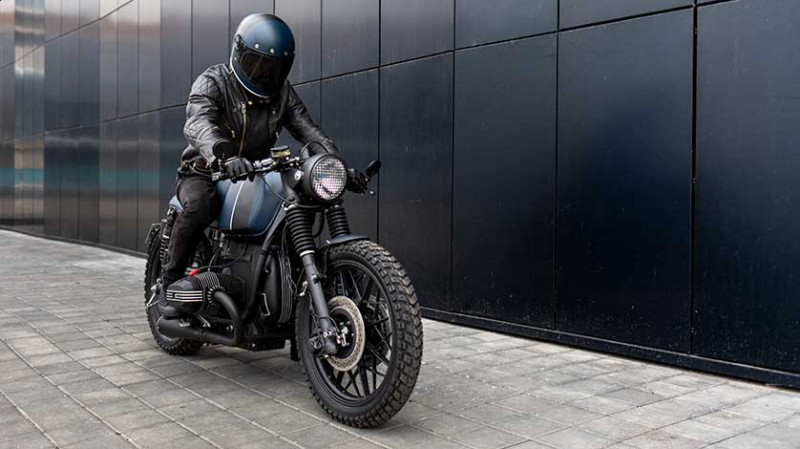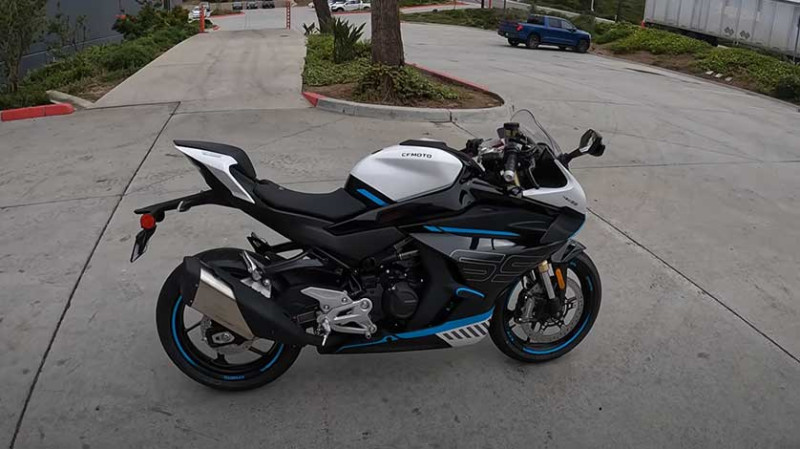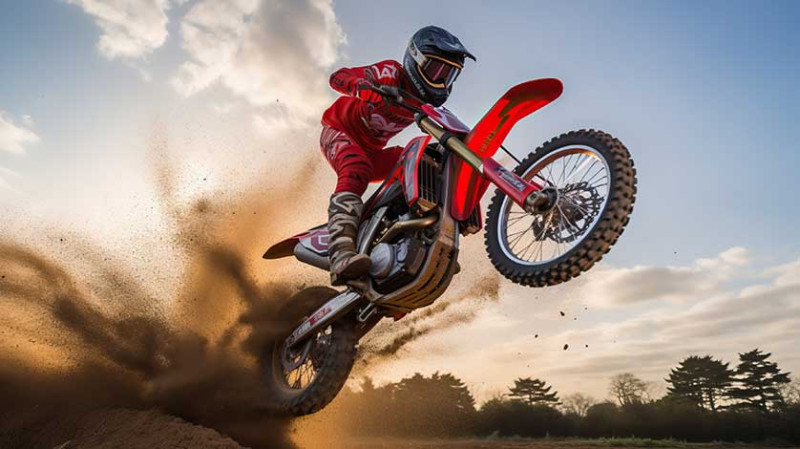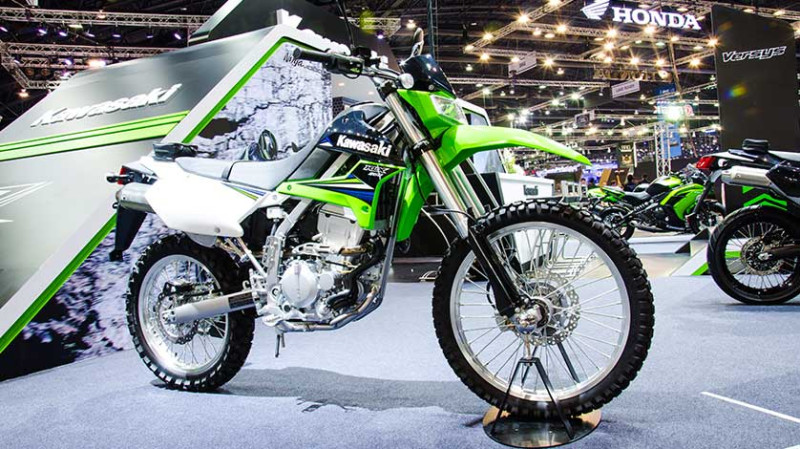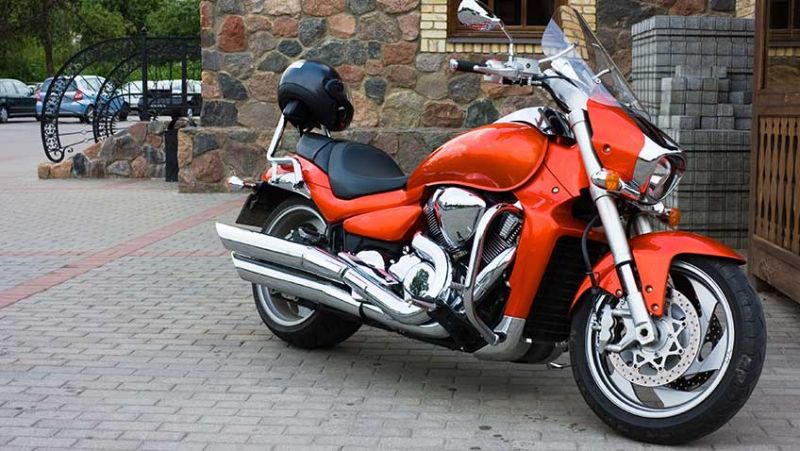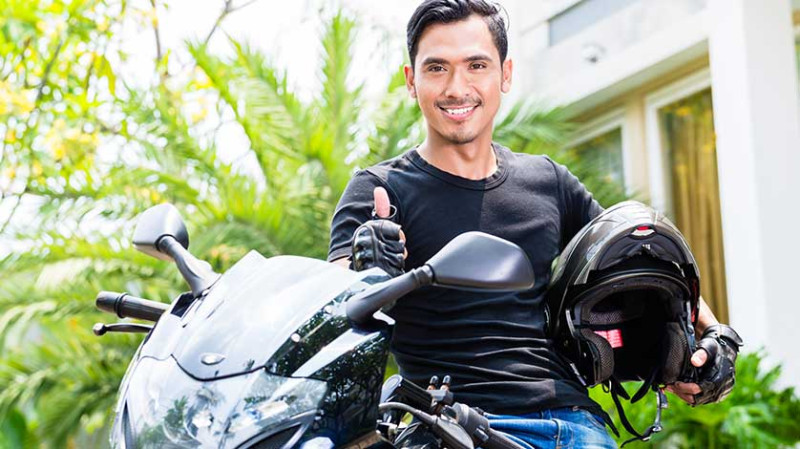
Whether you're a seasoned rider or someone just stepping into the world of two-wheeled thrill, understanding how to properly launch a motorcycle is essential. A strong, controlled launch not only enhances performance, especially in track or street settings, but also preserves the longevity of your engine and tyres. In this guide, we'll walk through the fundamentals of launching a motorcycle, tailored for UK riders, whether you're an enthusiast commuting across the city or a professional mechanic looking to refine your expertise. Let's hit the throttle, responsibly.
What Does It Mean to Launch a Motorcycle?
Launching a motorcycle refers to accelerating from a complete stop with maximum efficiency, delivering power to the rear wheel quickly without losing control or causing mechanical stress. This technique is crucial on race tracks, drag strips, or even during spirited riding on open roads.
Unlike simply accelerating from a stop, launching focuses on balance, between engine power, traction, and control. A good launch avoids wheel spin or front-wheel lift while maximising acceleration. When done properly, it creates a smooth, powerful forward motion that feels exhilarating and precise.
UK motorcyclists often encounter varying road conditions, from damp motorways to narrow cobbled streets in older towns. Knowing how to launch efficiently ensures confidence and safety, whether at traffic lights or hill starts in areas like Sheffield or Bath.
It's not about reckless speed, it's about mastering physics and machinery. We'll break down this technique step-by-step, suitable for both naked sports bikes and commuter motorcycles common across the UK.
Essential Safety Considerations Before Launching
Before perfecting your launch technique, safety must come first. Ensure you're wearing full protective gear. In the UK, it's legally required to wear a helmet, but adding protective gloves, jacket, and boots is highly recommended.
Inspect your bike before any aggressive riding. Check tyre tread and pressure (essential for traction), ensure chain tension is correct, and make sure your clutch lever functions smoothly. A simple pre-ride check can prevent accidents caused by mechanical failure.
Choose an appropriate setting for practice. Quiet B-roads late at night or dedicated riding schools offer good spots to hone your technique. Avoid attempting launches in busy urban areas or slippery conditions, especially given the UK's frequently wet weather.
Launching your bike puts stress on components such as the clutch, tyres, and gearbox. Understand that frequent launching can lead to premature wear. Always listen to your machine and monitor for signs of distress like clutch slip or burning smells.
The Physics Behind the Perfect Launch
Understanding the mechanics behind launching can enhance your control and improve the longevity of your motorcycle parts. A launch is essentially transferring engine torque to the rear wheel via the clutch and gearbox in a managed manner. The goal is to produce high forward motion without skidding or lifting the front.
Engine torque, rear wheel traction, and rider posture are the core principles. If you release the clutch too quickly with high revs, the rear tyre can lose grip and spin out. Release it too slowly, and you risk a slow, inefficient crawl or premature clutch wear.
For most UK bikes, ranging from 125cc commuters to 1000cc sport bikes, the throttle control and clutch coordination need to be tailored to the bike's power band. Lighter bikes often require more gentle revs, whereas heavier machines can tolerate a stronger launch.
The rider's position on the bike will also affect weight distribution. During a launch, your weight naturally shifts rearward. Prioritise a slightly forward-leaning posture to keep the front wheel down, maintaining responsiveness and control.
Step-by-Step Guide to Launching a Motorcycle
Once you're geared up and understand the mechanics, follow these basic launching steps:
- Start the bike and warm the engine: Cold engines react unpredictably and reduce performance. Allow 2-5 minutes of idle running before launch.
- Come to a full stop: Keep one foot planted and apply front brake gently to keep the bike steady.
- Pull in the clutch completely: Use all four fingers if needed for better control, especially for beginners.
- Shift into first gear: Ensure your gear indicator or click tells you you're in gear.
- Rev to an appropriate RPM: This depends on the bike's power and traction. For small bikes: 3,000-5,000 RPM. For sport bikes: 5,000-8,000 RPM. Experiment gradually in safe environments.
- Begin to release the clutch gradually: At the same time, maintain the applied throttle. Feel for the friction zone where the bike begins to roll.
- Balance throttle and clutch release: Too much throttle + fast clutch = wheel spin. Too little throttle + slow clutch = stall or slow response.
- Once rolling, manage throttle smoothly: Quickly release the rest of the clutch as the bike gains speed and apply more throttle smoothly.
- Shift into second gear: When reaching near the redline, shift up quickly to continue acceleration. Keep your body stable and eyes forward.
Remember: smoothness is key. A consistent, composed launch is more effective and impressive than a smoky burnout or wheelie.
Common Mistakes to Avoid
Revving too high: One of the most common errors UK riders make when learning is revving excessively, which causes excessive tyre spin and can damage engines or clutches.
Dropping the clutch abruptly: Similar to popping a wheelie, this releases all torque instantly and can lead to a loss of control, especially hazardous on unpredictable UK road surfaces, like gravel drives or wet tarmac.
Poor clutch feel: Understanding the friction zone is vital. Practice slow-speed manoeuvres in car parks to develop this sense before trying launches.
Incorrect body posture: Sitting too far back can cause unintentional wheelies; leaning too far forward can unbalance the bike. Find the sweet spot through practice.
Ignoring surroundings: Traffic lights, junctions, and other vehicles must always be factored in, don't prioritise launch performance over road awareness.
Advanced Tips for Consistent, Controlled Launches
Once you've mastered basic launches, professional riders and trained tradesmen often refine the method using a few advanced techniques. These may include:
- Using a quickshifter: Many higher-end bikes feature quickshifters allowing clutchless upshifts during acceleration, ideal for seamless launches into gears 2 and 3.
- Tuning bike electronics: Bikes with launch control can be set to limit wheel spin and RPM, giving you max performance at minimal risk of error, common in track-focused 1000cc sport bikes.
- Lowering tyre pressure slightly: Decreases risk of spin, though ensure you remain street legal and within manufacturer specs.
- Remapping engine ECU settings: Some pro riders adjust throttle response or limiters for controlled starts, but seek professional guidance, especially with UK MOT regulations and Type Approval laws.
These techniques are typically suited for riders with ample road or track experience. They can yield consistent improvements, but only when the basics are already perfected.
Table: RPM Launch Guide by Motorcycle Class
| Motorcycle Category | Engine Size | Recommended Launch RPM | Notes |
|---|---|---|---|
| Commuter | 125cc to 300cc | 3,000 - 5,000 RPM | Focus on smooth clutch release |
| Mid-Range Naked/Standard | 300cc to 650cc | 4,000 - 6,000 RPM | Balance throttle and = posture |
| Sport Bike | 600cc to 1000cc+ | 6,000 - 8,000 RPM | Requires advanced control; avoid clutch burn |
| Adventure/Touring | 500cc to 1200cc+ | 3,000 - 5,500 RPM | Smooth torque delivery is ideal |
Final Thoughts
Learning how to launch a motorcycle properly enhances not only your riding confidence but also your technical understanding of your machine. Whether you're a young professional seeking weekend thrills on UK country roads or a professional tradesman navigating London's traffic, mastering efficient launching can deliver better control, acceleration, and respect for your bike.
The UK biking community thrives on passion, safety, and progression. Take your time, start small, and stay consistent. Eventually, launching your motorcycle will become second nature, smooth, responsive, and remarkably rewarding.
Ride safe, ride smart, and stay in control.
